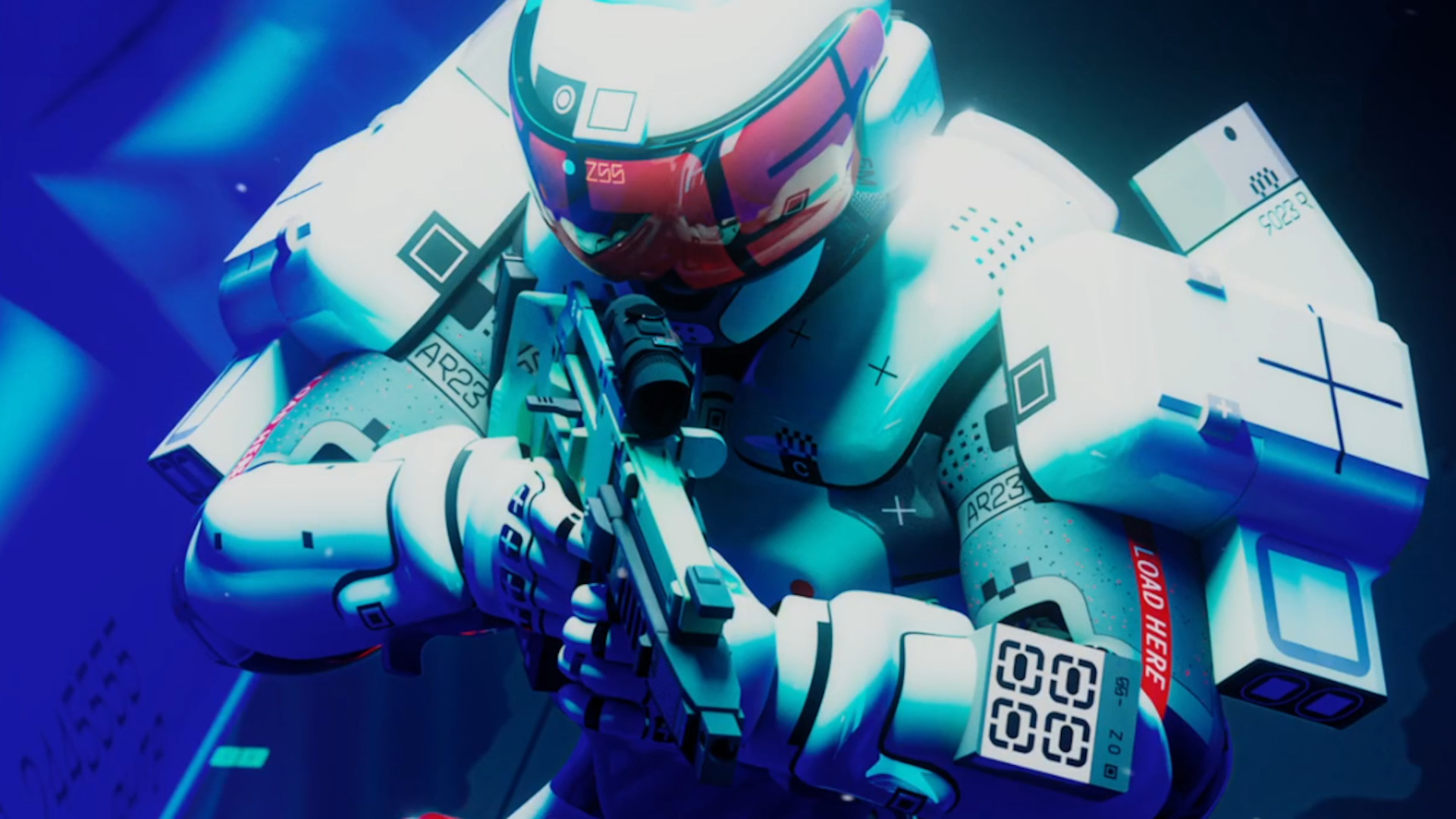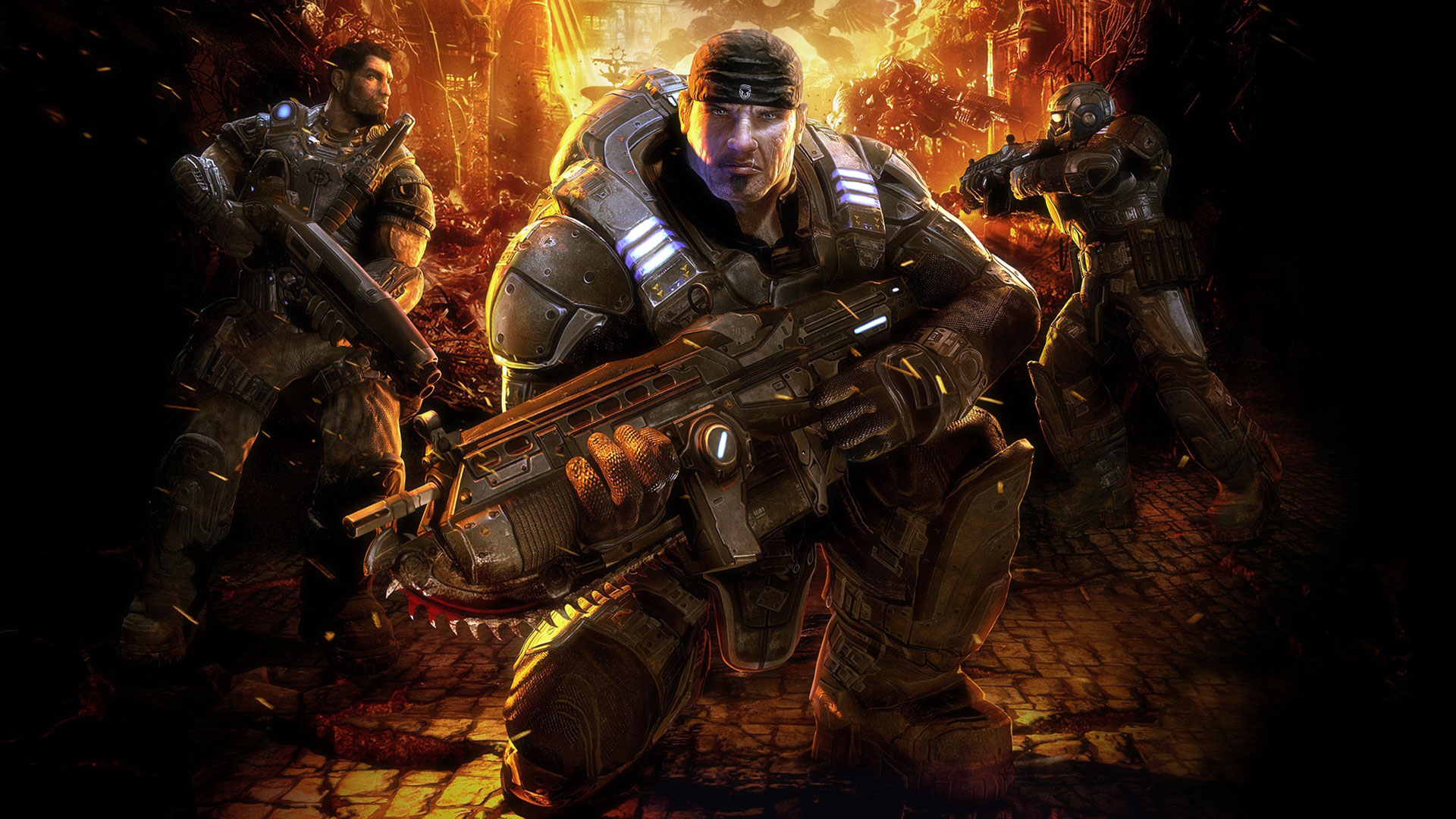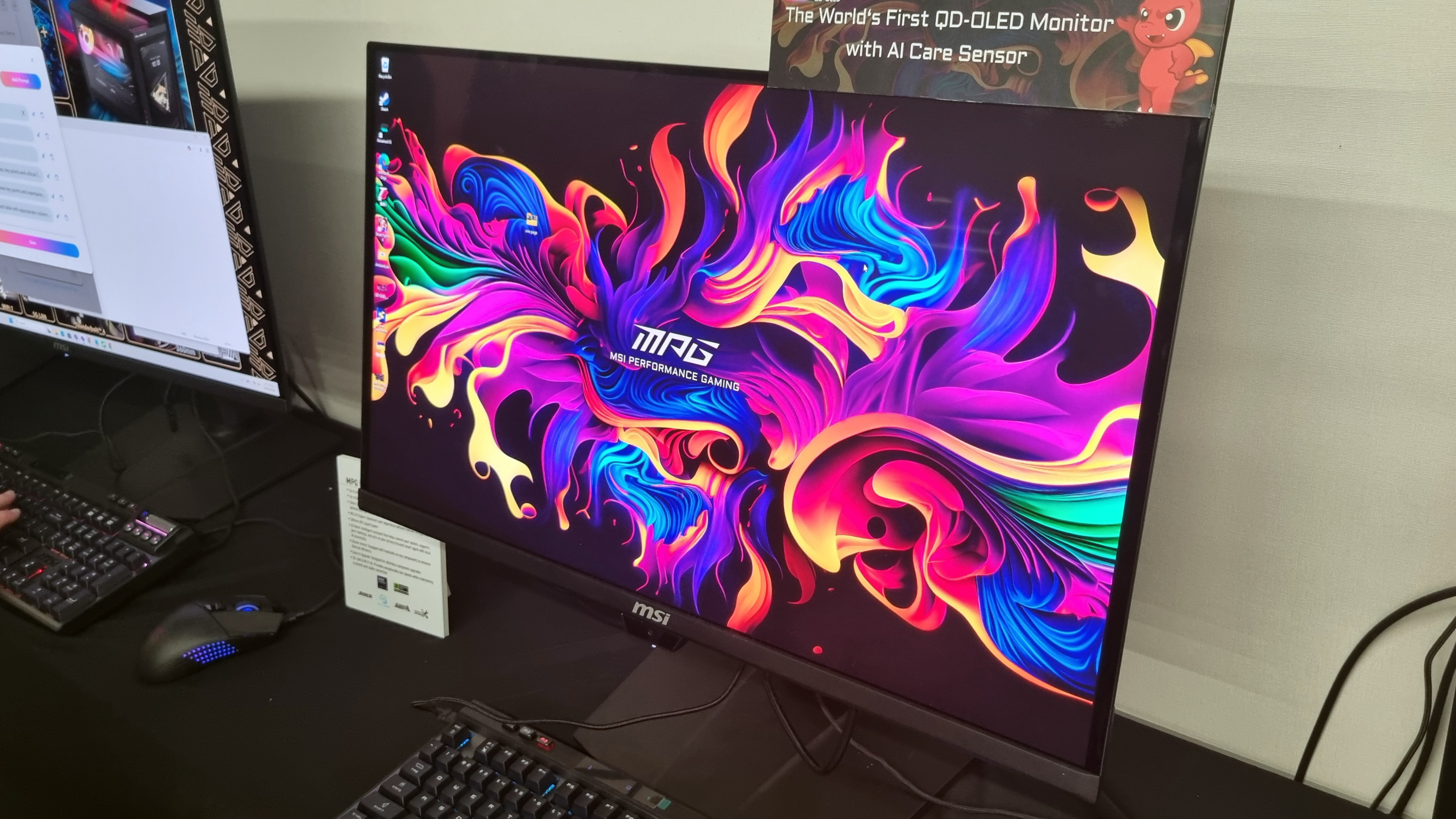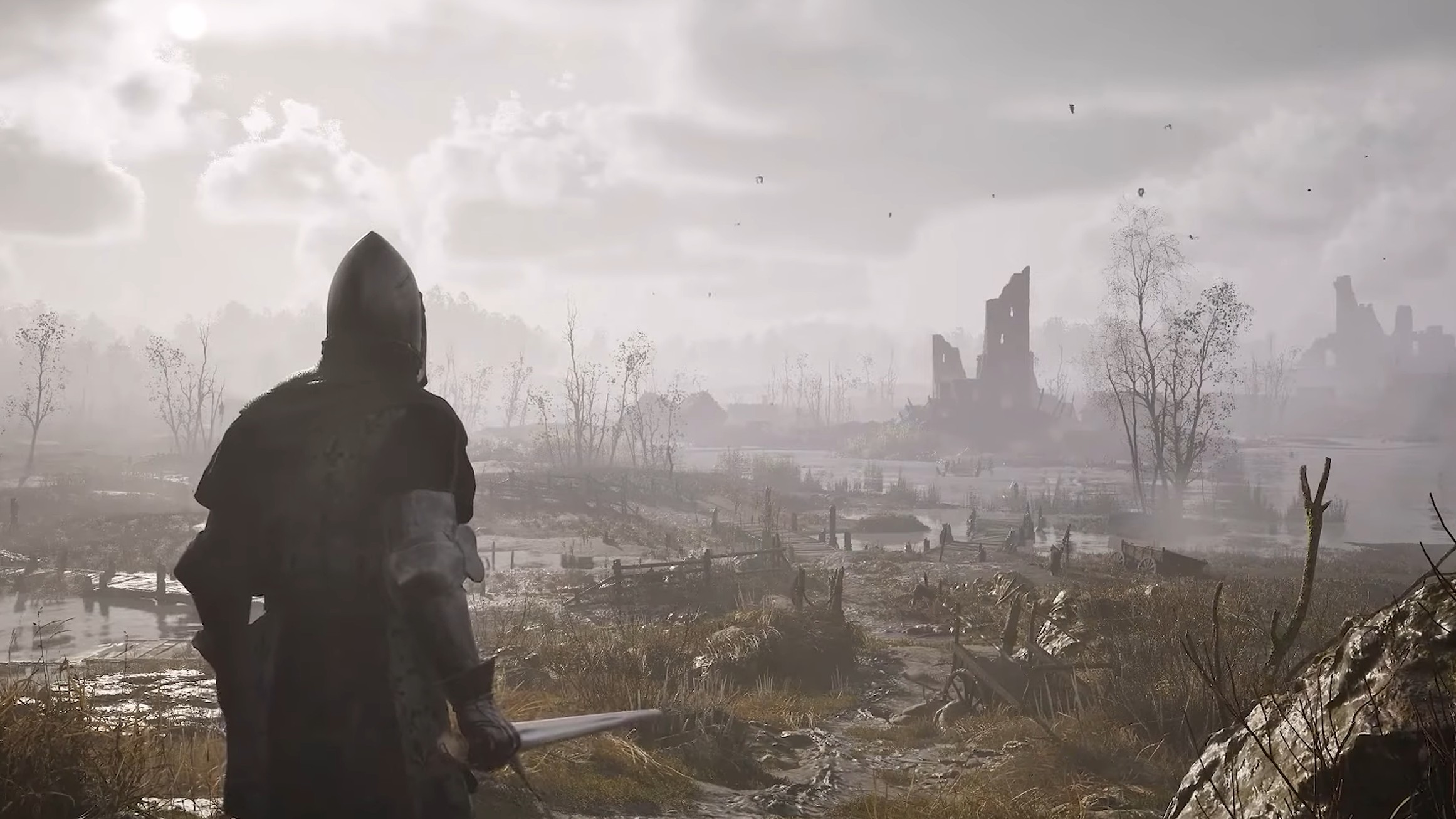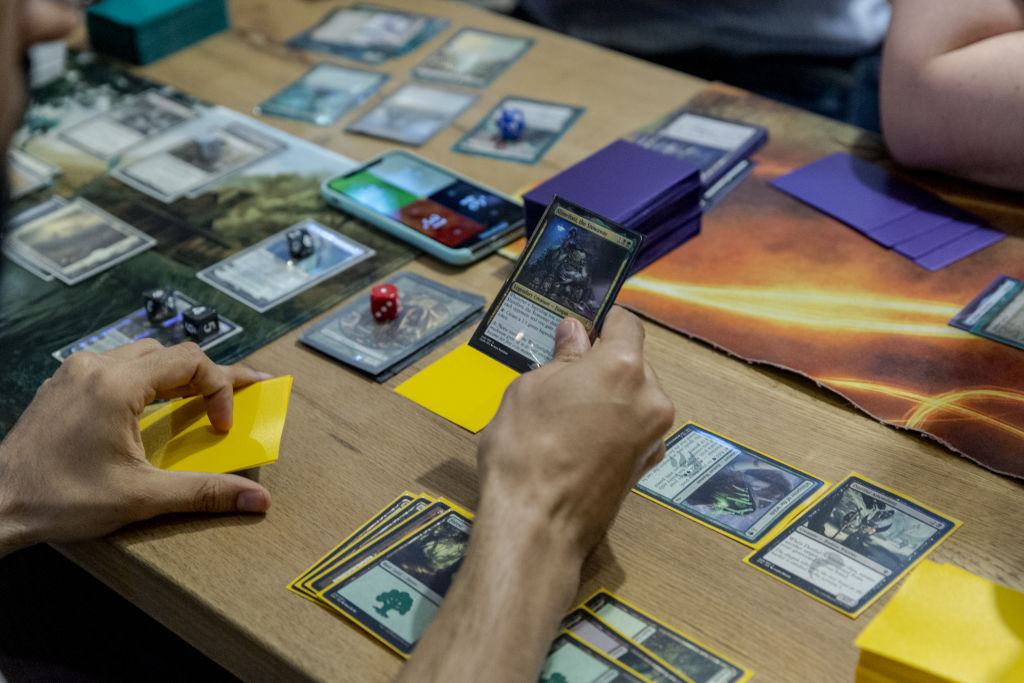
We need a Circle of Protection: Wallet.
As I sit with Magic’s $1000 30th Anniversary set in my hands, I’m nine years old again.
Opening the pack reveals a card I haven’t seen since 1994, and suddenly I’m sitting at a folding table in my friend’s living room laying down that card from my hand, both reverent of and assured in its supreme power. But my friend from across the table smiles, and while I’m about to get absolutely destroyed in our game, a lifelong obsession with Magic: the Gathering is about to begin. The Shivan Dragon is about to outclass my measly Water Elemental.
But while the limited Magic 30th Anniversary set does inspire deep and cloying nostalgia, Wizards of the Coast hasn’t set it up to get into the spellbooks of many of its planeswalking players.
When the 30th Anniversary Edition was originally announced, it was revealed as a box of four booster packs for a mortgage-inducing $1000. For context, a regular booster pack is generally between $4.50 and $6 these days, depending on whether it’s Set or Draft. At first this seemed to make some sense, when players first learned that the 30th Anniversary Edition was breaking the reserved list—the mystical list of cards Wizards promised ~never~ to reprint starting back in 1996. But Wizards went a step further to diminish the playability of these cards, as they also announced that 30th Anniversary Edition was going to have a special card back instead of the usual Magic: the Gathering back, denoting the cards would not be legal for play in any sanctioned Magic event, meaning no official tournaments or events whatsoever. This effectively makes all the 30th Anniversary cards official proxies, one extremely expensive step up from scribbling “Black Lotus” on a basic land.
And now that the special set’s single day of sales has come and gone, buying packs is far worse, climbing up to $430 market price, or over $1,700 for the four that came in the box. Given how difficult it can be to even open some of the more desirable cards from the set, like the power nine, it’s no surprise that an MTG 30th Anniversary Edition simulator exists, to show you how expensive the journey would be ($20,000-80,000, depending on your luck!).
So my question, after emerging from my cloud of melancholic nostalgia, is: who is this set for?
(Image credit: Wizards of the Coast/Anson Maddocks)
When I was a kid, I didn’t get an allowance from my parents, nor did I have a way of making money. It was rare that I’d have any money of my own, usually because my grandpa would do this weird thing where he shook my hand with a $20 in it—passing it to me like it was some kind of covert drug deal. Given my fervor for collecting Magic, getting a booster pack to open was a huge moment, and I still remember many of those booster cracks with shocking clarity. An Ice Age booster I opened while on vacation, having taken the small stash of ‘vacation money’ that was meant to be for buying souvenirs on a long walk in search of a hobby store I’d looked up in a phonebook is a particular favorite memory, even though my rare was really bad.
But I was too young to have a chance to open Magic’s earliest sets. I knew all about Magic’s beginnings, but had never had the opportunity to experience the excitement of the original, now-fabled Magic sets. It seemed like I—and anyone like me—would be the ideal target for 30th Anniversary Edition, like a comic book collector getting a chance to own a pristine Amazing Fantasy #15 decades after ’62. I love Magic. I grew up playing the imperfect PC adaptations Shandalar and Battlemage and using Vampire Bats, I wrote my own tabletop RPG rules for Magic so my friends and I could play planeswalkers. But I’d also failed to strike oil or find any buried treasure in the intervening years, and so the idea of paying a grand for four booster packs of proxies felt more like a cruel joke at my expense than a reality.
What frustrates me the most about Magic’s 30th Anniversary Edition is what it could have been.
But I also don’t feel like the 30th Anniversary Edition caters to newer Magic players. While I can see how they would have the interest and fascination with the history of Magic—especially with the recent return to the beginning of Magic’s storylines in Brothers War—even without the nostalgia of living through the game’s earliest sets, $1000 could go much further on these recent releases.
After all, for that price, you could assemble all of a top tier Modern deck, several in the Pioneer format, or quite a few Commander decks—all formats you wouldn’t be able to use a single card from 30th Anniversary Edition in.
(Image credit: Wizards of the Coast/Melissa Benson)
I think what frustrates me the most about Magic’s 30th Anniversary Edition is what it could have been.
That it could have been a collectible that opened the doors to previously sealed-off cards like Timetwister and Black Lotus, a sign that Wizards was considering how to work with the reserve list or even dip a toe in the waters of finally circumventing it.
Or how great it would have been for it to be accessible in price for players, since the cards are gorgeous in both the new frame and the retro one, and it’s lovely to see tokens with vintage art.
But most of all, it could have been priced similarly to something we’re all familiar with: a cosmetics store. Back in 2019, Magic: the Gathering experimented with a new type of booster pack in the Collector booster, which became a staple for every set afterwards. Collector boosters cost significantly more—around $25-35—but on average they contain several rares or mythic rares, and mostly foil cards, extended and borderless art cards, showcase cards, etc. The higher price doesn’t get you any gameplay advantage, but it does give you access to some cool collectible extras in the alternate arts, showcase frames, and foil treatments.
Why wasn’t Magic’s 30th Anniversary Edition created similarly to this? It’s still quite a bit of money for some proxies that can’t be played in anything official, but everyone can afford the cost of an occasional collector booster. Every player I know who would have wanted a chance to draft or open a slice of the wonderful roots of the game we love—and the one that created the entire genre of collectible card games—would have been able to participate.
I don’t know the real answer, and I doubt we ever will, but I guess I can hope that Magic’s 40th anniversary is handled better in 2032, if I’m not too busy playing the eighth Skyrim remaster to check it out.

